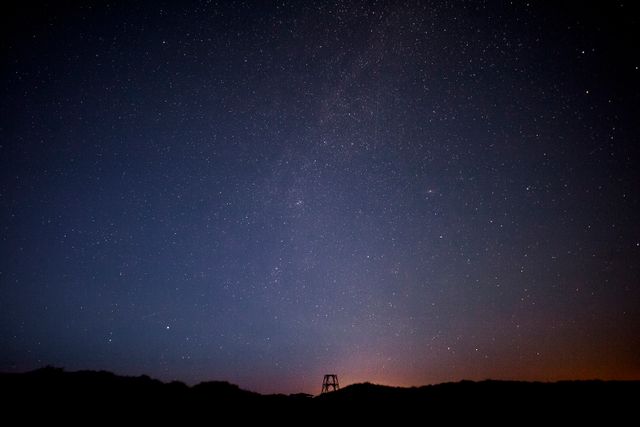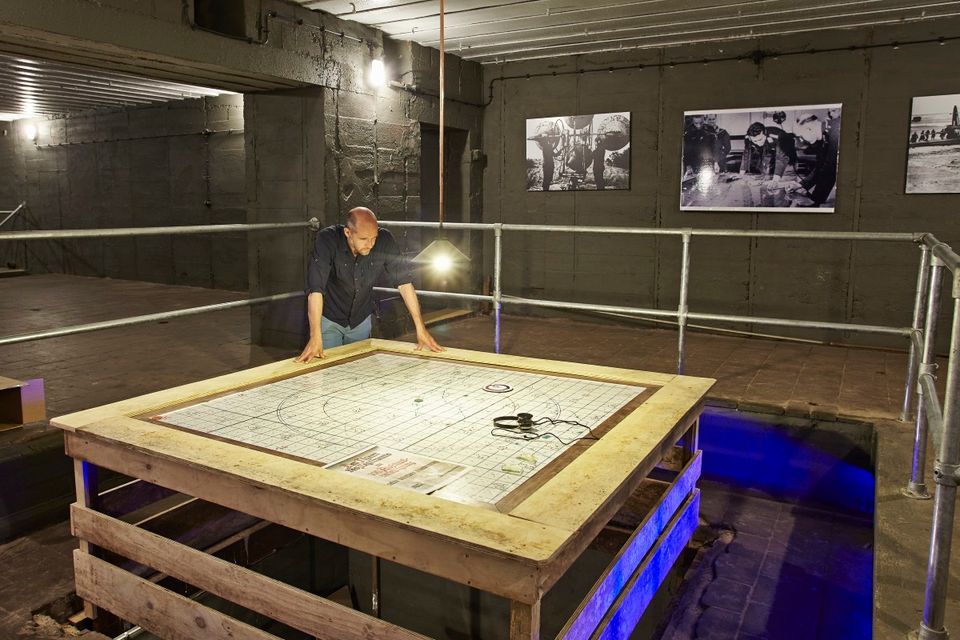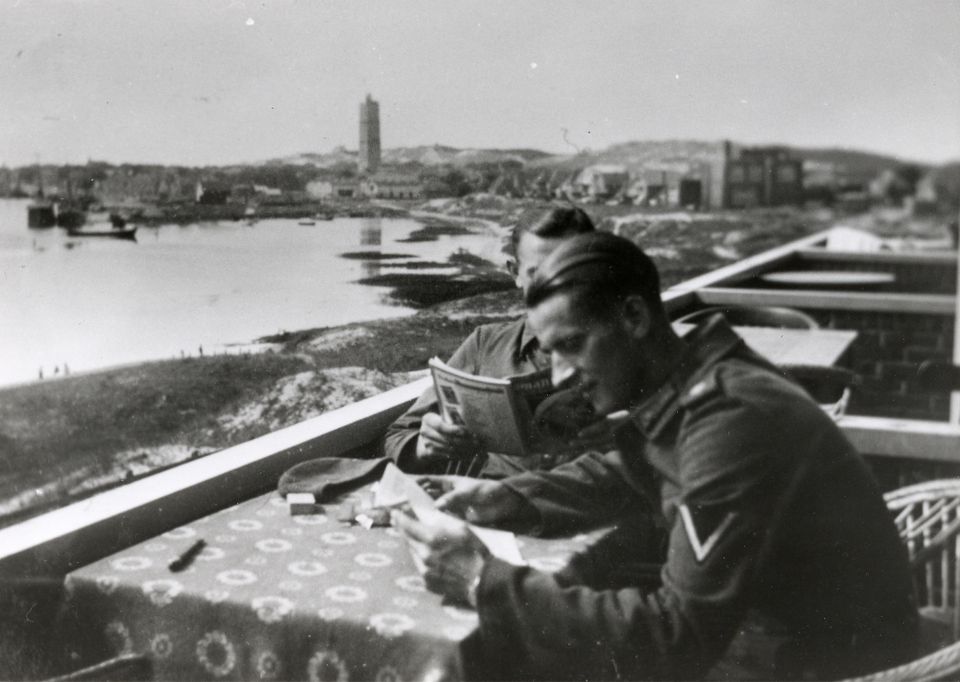Code name Tiger
On 16 May 1940, the first German military personnel arrived on Terschelling. Initially, there were only forty but this quickly became more than twelve hundred. The red-white-blue flag on Brandaris was replaced by the swastika.
In a short period of time, the army converted Terschelling into a significant fortress on the Atlantikwall. The male population of Terschelling was forced to be closely involved with the construction of the fortifications. The most important addition was the Tiger fortifications, east of West-Terschelling. This complex of a total of seven hectares consisted of more than a hundred bunkers, where more than two hundred German soldiers lived and worked. The heart of the Tiger fortifications was the giant command bunker ‘Bertha’.
The Germans kept a close eye on the movements over and below the Wadden Sea and the North Sea from these defences. Allied planes were shot down regularly. The wounded and the dead were taken to the island. It meant the people of Terschelling were confronted with the horrors of the war. Sometimes at a very young age.
War literally entered the living rooms of the islanders. Particularly in the early days, before there were bunkers, when many families were forced to have German soldiers in their homes. The most comfortable hotels on Terschelling were commandeered to provide accommodation for German officers.
The Tiger fortifications were well preserved because the buildings disappeared under the sand after the war. Stichting Bunkerbehoud Terschelling now looks after them. The most important bunkers have been excavated so you can go and take a look. Book a tour of this impressive fortification. In the visitors centre that was built in the former Canteen
Bunker, you can learn more about the Tiger fortifications.
-
Terschelling
Terschelling

-
Military Heritage
Military Heritage




